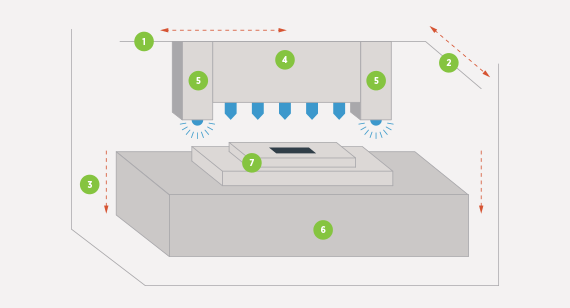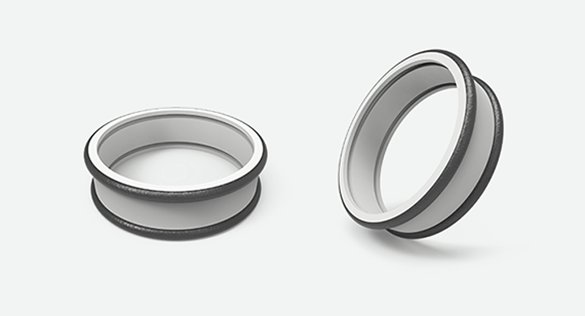PolyJet 3D Printing
PolyJet is an industrial 3D printing process that builds multi-material prototypes with flexible features and complex parts with intricate geometries in as fast as 1 day. A range of hardnesses (durometers) are available, which work well for components with elastomeric features like gaskets, seals, and housings.
How Does PolyJet 3D Printing Work?
The PolyJet process begins by spraying small droplets of liquid photopolymers in layers that are instantly UV cured. Voxels (three-dimensional pixels) are strategically placed during the build, which allow for the combination of both flexible and rigid photopolymers know as digital materials. Each voxel has a vertical thickness equal to the layer thickness of 30 microns. The fine layers of digital materials accumulate on the build platform to create accurate 3D-printed parts.
Each PolyJet part is completely coated in support material during the build, which ultimately is removed by hand using a pressurized water stream and a chemical solution bath. No post-curing is required after the manufacturing process.

- Shipped in as fast as 1 day
- Instant quotes for PolyJet parts
- simulating elastomers and flexible parts
- prototyping designs for overmolding and liquid silicone rubber molding
- combining two-tone colors and multiple materials into a single part
- manufacturing complex part geometries
Watch: Why Use PolyJet?
See how 3D printing with PolyJet is ideal elastomeric prototypes and testing the form and fit of designs that will eventually be overmolded.
Material Options with PolyJet
Choose a desired hardness or combine material properties into a single build. A number of Shore A hardnesses are available as well as rigid materials in digital clear, black, and white colors.
Design Guidelines
Resources
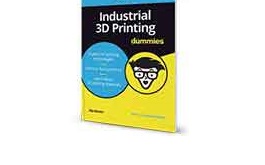
Industrial 3D Printing for Dummies
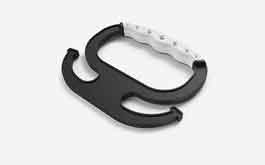
Designing for PolyJet 3D Printing
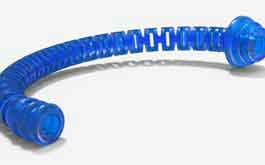
Exploring Manufacturing Options for Elastomeric Components
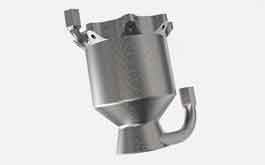
What is Additive Manufacturing

